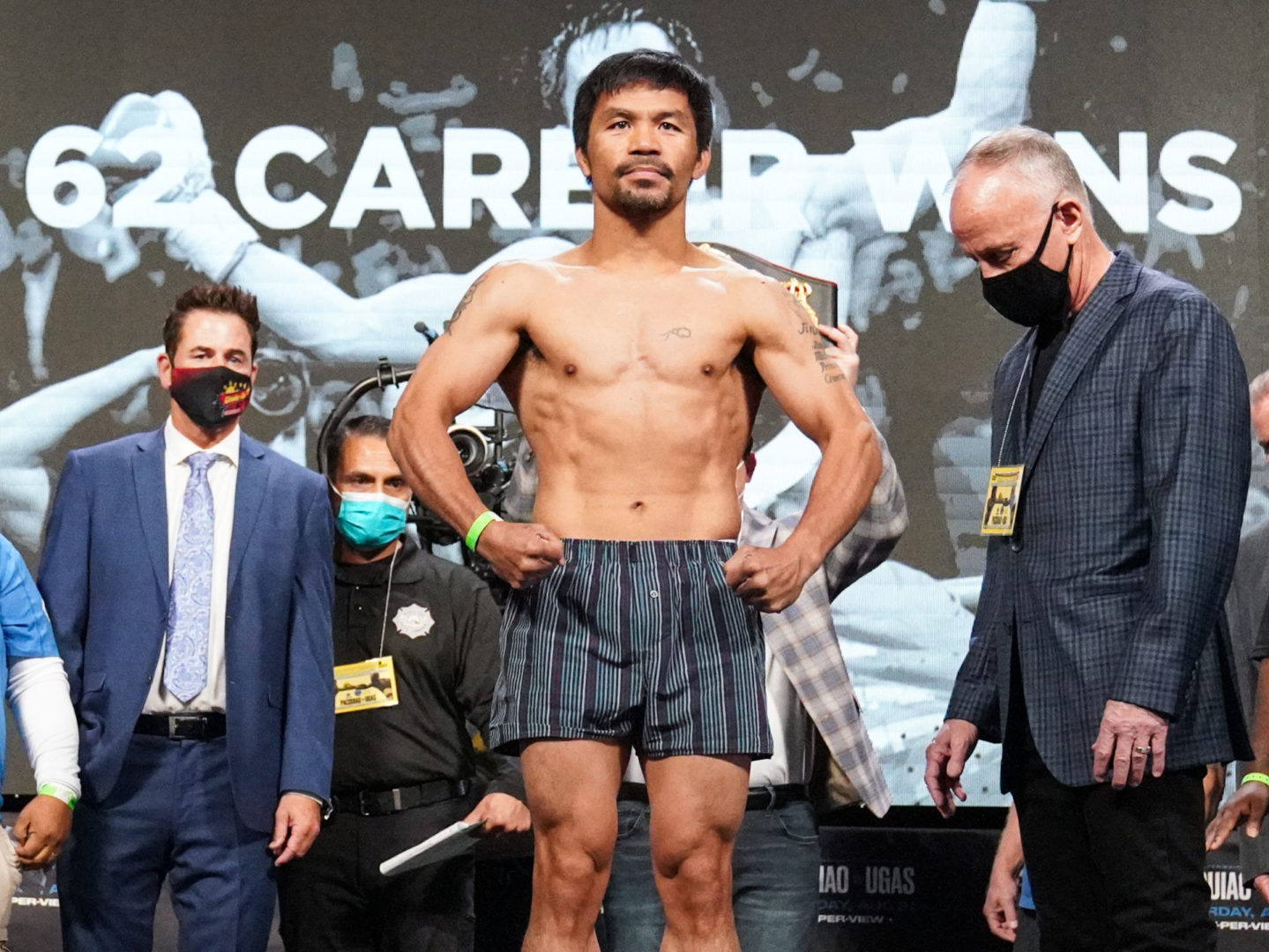
What’s known about Kazakhstan by a U.S. audience that gets most of its news from late-night comedians probably comes from the film, Borat, a so-called mock-u-mentary. If Gennady Golovkin has his way however, his homeland will be remembered for its boxing more than jokes about potassium and clean prostitutes. It won’t be easy. Perceptions are as durable as a memorable punch line. But maybe — just maybe — Golovkin has a chance. The journey from a Central Asian nation as faraway as a remote planet for geographically-challenged Americans has already been attempted. Vassiliy Jirov did it a decade before Borat landed in American theaters..
Jirov arrived in the U.S., upset Antonio Tarver at the 1996 Olympics, won a gold medal for Kazakhstan, was awarded the Val Barker trophy for being the best boxer at the Atlanta Games, learned English, got an Arizona driver’s license and lost in 2003 to James Toney in one of the best fights during the last decade. Jirov never got a rematch with Toney. He never got a shot at the money that might have been there in a bout with Roy Jones Jr. Big dollars eluded him. So, too, did many of the dollars owed him for fights he won and contracts he signed.
No, the American dream wasn’t there for Jirov, who is the first of what has become a Kazakhstan tradition for great Olympic boxers. But he served as a pathfinder, a guide perhaps for Golovkin (23-0, 20 KOs), who introduces himself to the U.S. Saturday night against Poland’s Grzegorz Proksa (28-1, 21 KOs) in Verona, N.Y., at Turning Stone Casino in a middleweight title fight televised by HBO’s Boxing After Dark.
“They’ve talked,” said trainer Abel Sanchez, who once worked Terry Norris’ corner, yet says Golovkin is the best he has ever trained. “Gennady says Vassiliy just told him to be himself. Every fighter is different. He told Gennady to use his own strengths.”
Jirov, who lives in Phoenix and works as a trainer in the city’s many gyms, said he didn’t try to advise Golovkin on what and what not to do during their first meeting about two years ago.
“My experience is not anybody else’s,” said Jirov, whose Barker Award in 1996 was followed by two more for Kazakhstan with welterweight Bakhtiyar Arkyev in 2004 and Serik Sapiyev, also a welterweight, at the London Games a couple of weeks ago. “My experience was a good one. I’m happy with what happened. I’m happy that Gennady is trying. I like anybody who tries something new. That’s what creates opportunities.
“From talking to him, I really think he has very good chance of being very good as a pro in this country. With his power and skill, his potential in this country is great. He’s smart, very smart.”
He also has at least a couple of advantages that Jirov did not.
One is the weight class.
“A key difference, I think, is that Gennady is a middleweight and Vassiliy fought mostly as a cruiserweight,” Sanchez said.
Jirov was at his best in a lost division. There’s a reason fighters like David Haye are quick to to move up and out. No matter what the passport says, nobody pays much attention to the snoozerweights. For Jirov, that meant an even more difficult task at becoming known in the American market. He was always most comfortable at 190 pounds. A move to heavyweight, a business decision, led to mixed results with a TKO loss to Michael Moorer and a strange fight in 2004 with Joe Mesi, who won a decision, yet suffered a dangerous head injury — reported bleeding on the brain. The Mesi bout cemented Jirov’s fate. He wasn’t known by many fans, yet was feared by every potential rival. On the reward scale, Jirov wasn’t worth the risk.
Golovkin, the World Boxing Association’s 160-pound champion, is employed at a much more marketable weight. He also is working in a world-wired era. Although he lacks the name recognition of the known Americans, Mexicans and at least one Filipino, he fights for the first time in the U.S. with the internet and social media as an introduction. Digital hype has preceded him. Jirov didn’t have that advantage. Of course, Golovkin has to fulfill the promise.
“Gennady understands that the American public wants knockouts,” Sanchez says. “Whichever round it is, they want to see a knockout.”
Intriguing knockout power is evident both in anecdotes from Golovkin’s training camp and his record. Twenty knockouts in 23 victories add up to a hint of power that is hard to resist for even a casual fan. Golovkin is worth a look. But Jirov had plenty of marketable power himself. A missing element in Jirov’s marketing plan was an interim step. Golovkin has taken it. Instead of jumping straight into the American market in the transition from amateur to pro, the 30-year-old silver medalist from the 2004 Olympics first created a European market for himself. He moved to Germany and pounded out an unbeaten record impossible to ignore in any language and on any continent.
Can Golovkin take that next step with an entertaining style that will make him known, feared and worth the risk for familiar names always seeking the biggest reward?
“I really hope so,” said Jirov, who deserves a thank-you if Golovkin completes what he began 16 years ago.









